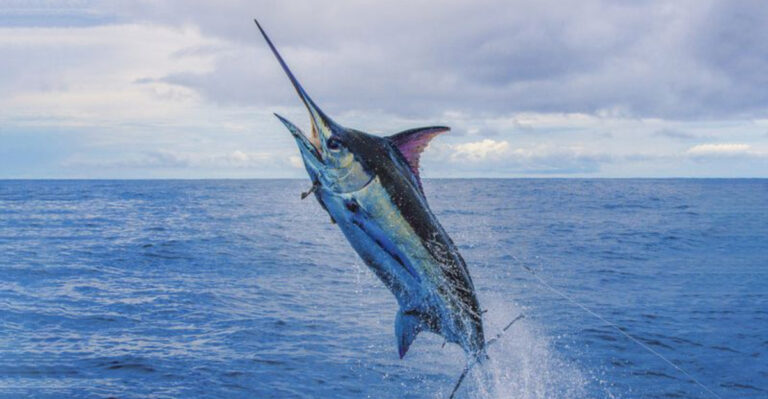Tropical Fish Are Showing Up In The Great Lakes – Here’s What To Know
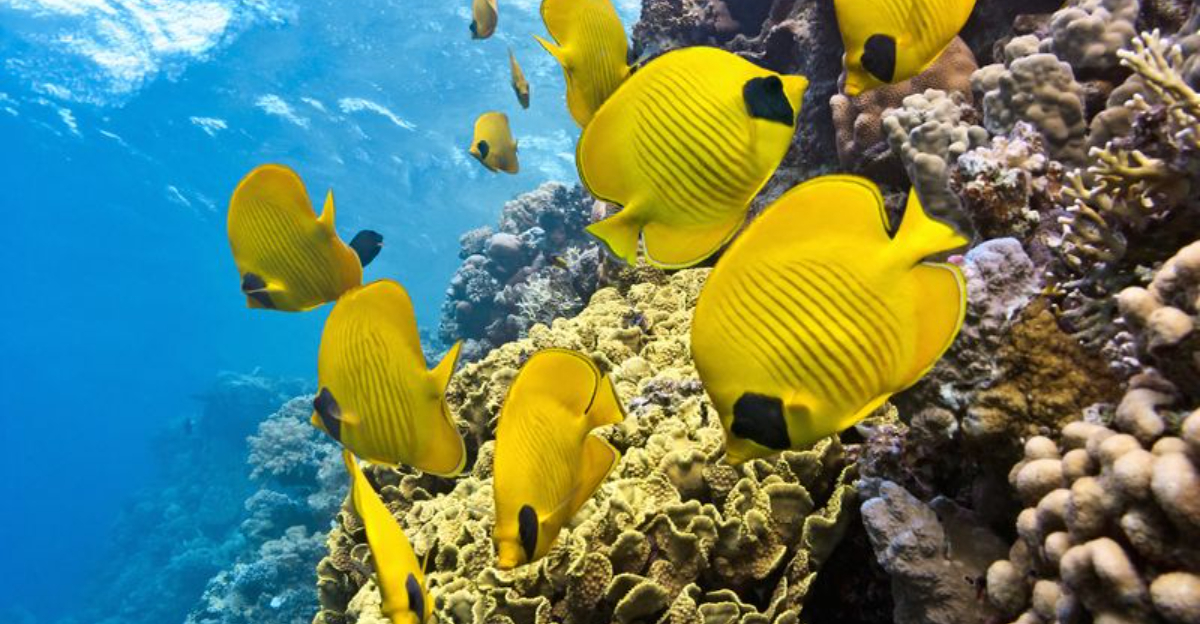
Something fishy is happening in the Great Lakes. Colorful tropical species, normally at home in warm ocean waters, are now being spotted in our freshwater lakes. This surprising trend has scientists scratching their heads and local fishermen doing double-takes when they check their nets.
Let’s explore what’s behind this unusual aquatic migration and what it means for our lakes.
1. Climate Change Is The Main Culprit
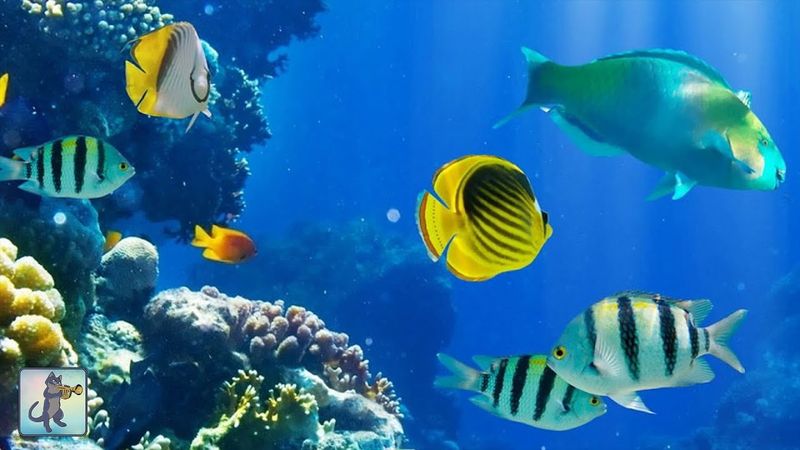
Rising water temperatures have transformed parts of the Great Lakes into hospitable environments for heat-loving fish species. Average temperatures in some areas have increased by nearly 2°F in the past decade alone.
This warming trend creates pockets where tropical visitors can temporarily survive, especially during summer months when shallow areas can reach into the high 70s.
2. Aquarium Releases Are A Big Problem
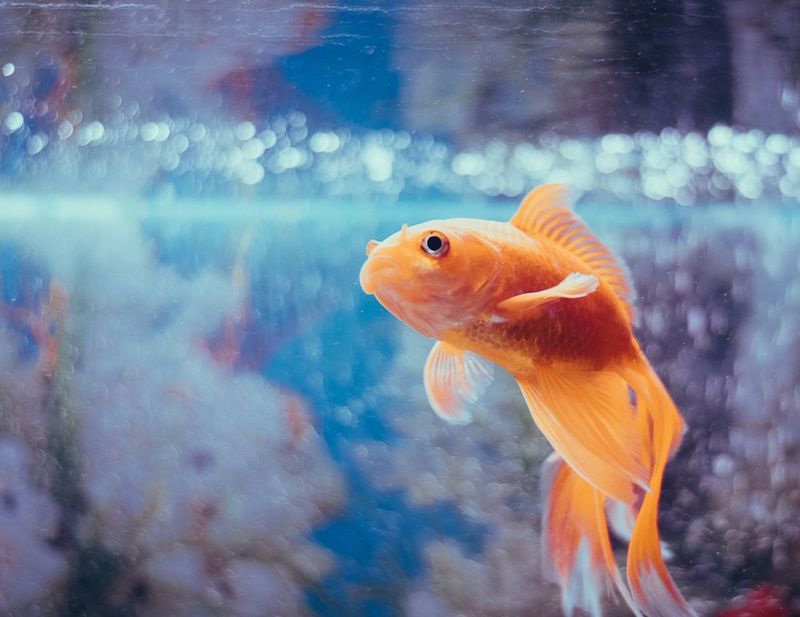
Ever outgrown your fish tank? Unfortunately, many well-meaning but misinformed pet owners release their exotic fish into local waterways when they can no longer care for them.
This irresponsible practice accounts for nearly 40% of non-native fish introductions. A single pregnant female can establish an entire population if conditions are right.
3. Oscar Fish Have Been Found In Michigan
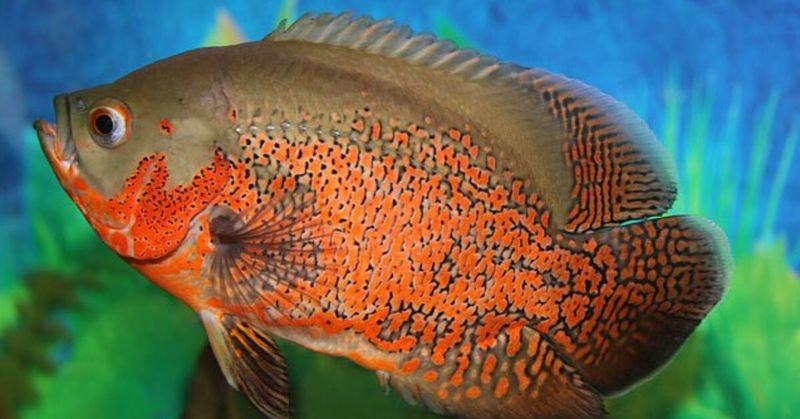
Surprise! These South American cichlids with their distinctive orange-spotted patterns have been discovered in Michigan’s waters. Native to the Amazon basin, Oscars typically need temperatures above 75°F to thrive.
Researchers believe they survived in warm water discharges near power plants, creating artificial “tropical pockets” in the frigid Great Lakes.
4. Zebra Tilapia Are Multiplying Fast
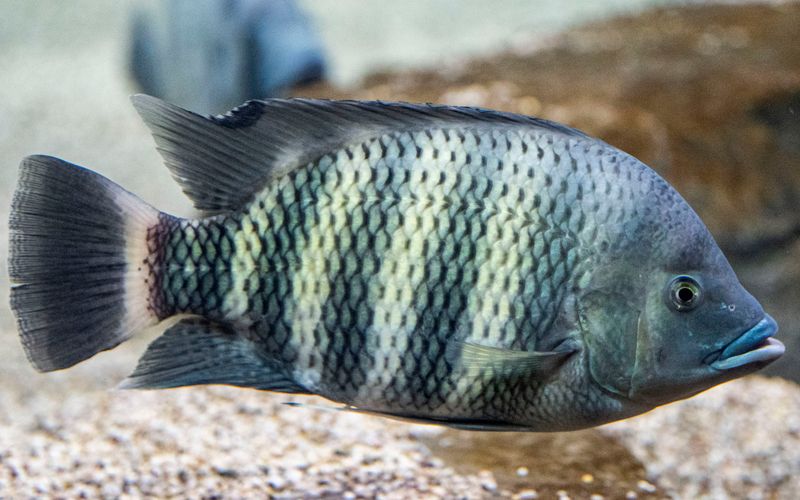
With their distinctive black-and-white striped bodies, these African natives stand out against the muted colors of native fish. First spotted in 2019, their numbers have mysteriously increased tenfold in certain areas.
Their rapid breeding cycle – producing up to 200 eggs every 30 days – means they can quickly establish themselves if they find suitable conditions.
5. Not All Tropical Visitors Survive Winter
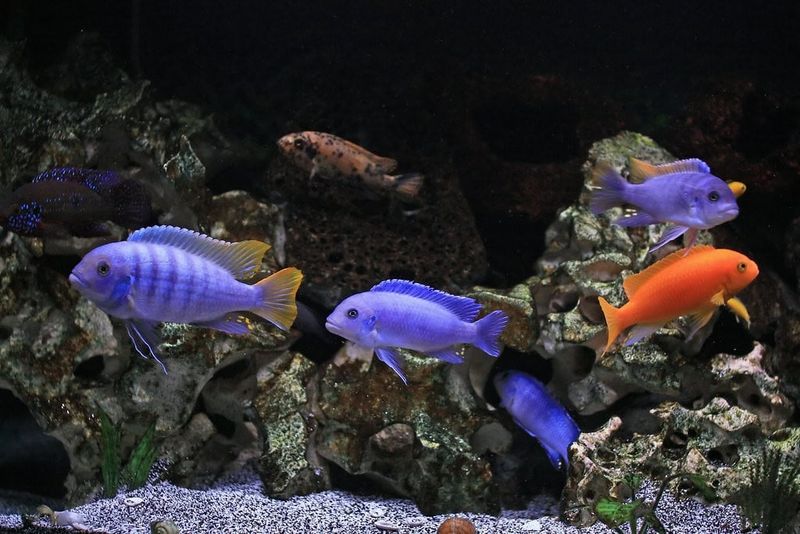
Winter acts as nature’s bouncer, kicking out most tropical gate-crashers when temperatures plummet. Most exotic species can’t tolerate water below 60°F for extended periods.
However, some clever tropical fish have found warm water refuges near industrial discharge points or geothermal springs, creating year-round tropical “microclimates” within the lakes.
6. They’re Bringing Parasites Along For The Ride
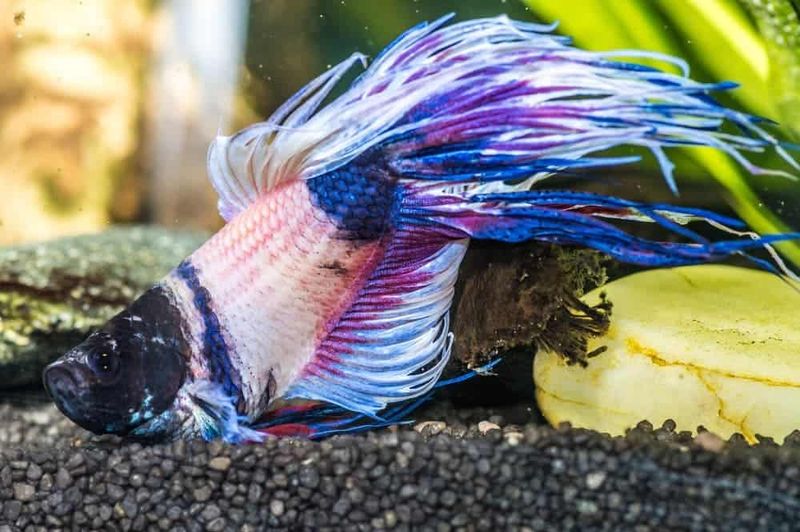
Hitchhiking parasites and diseases come along with these colorful visitors, threatening native fish populations. One tropical species introduced a gill parasite that has infected seven native species.
These exotic diseases can spread rapidly because local fish lack natural immunity, similar to how European diseases devastated Native American populations centuries ago.
7. Fishermen Are Catching Bizarre New Species
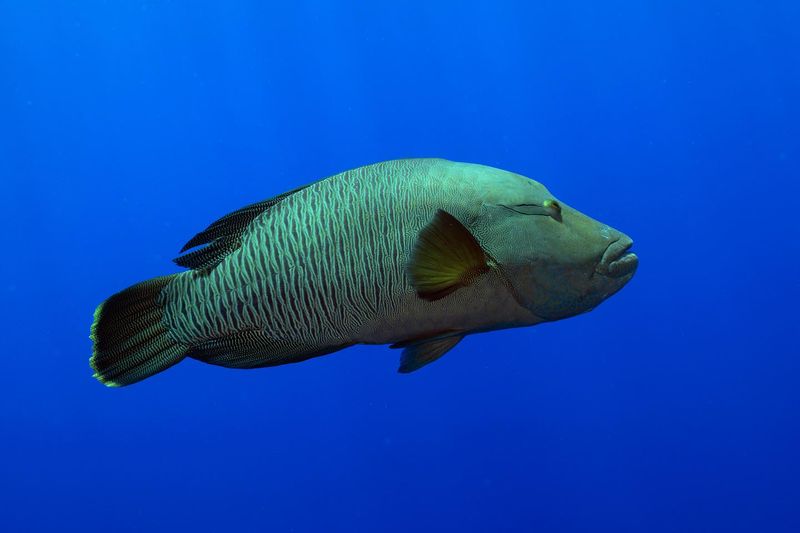
Imagine reeling in what looks like Nemo from a Great Lake! Local anglers report catching increasingly strange species, from bright yellow tangs to electric blue damselfish.
One Michigan fisherman recently caught a 3-pound parrotfish – a coral reef dweller – while fishing for walleye. His catch made local news and is now preserved at a university research center.
8. Some Are Becoming Permanent Residents
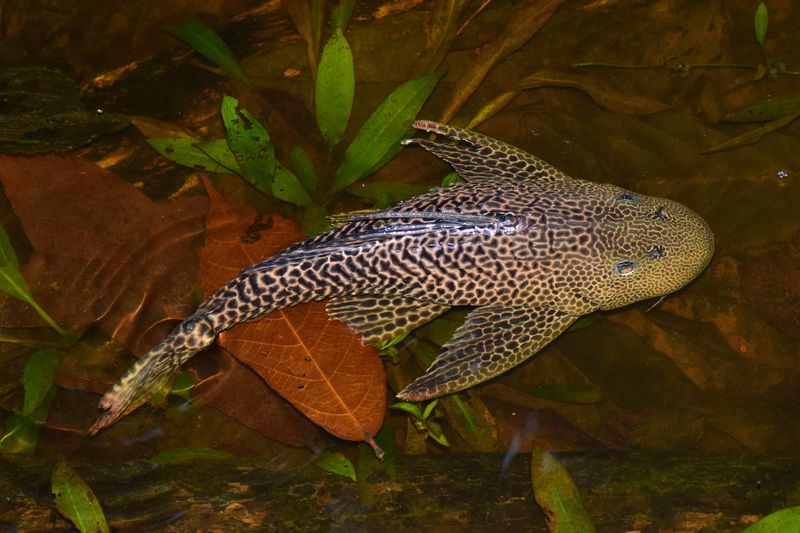
Against all odds, certain tropical species have established breeding populations. The Amazon sailfin catfish, with its striking dorsal fin, has found a permanent home in warm outflows near power plants.
Scientists have documented three generations living year-round in these artificial habitats. Their ability to adapt to slightly cooler temperatures suggests evolution happening in real-time.
9. They’re Changing The Food Chain
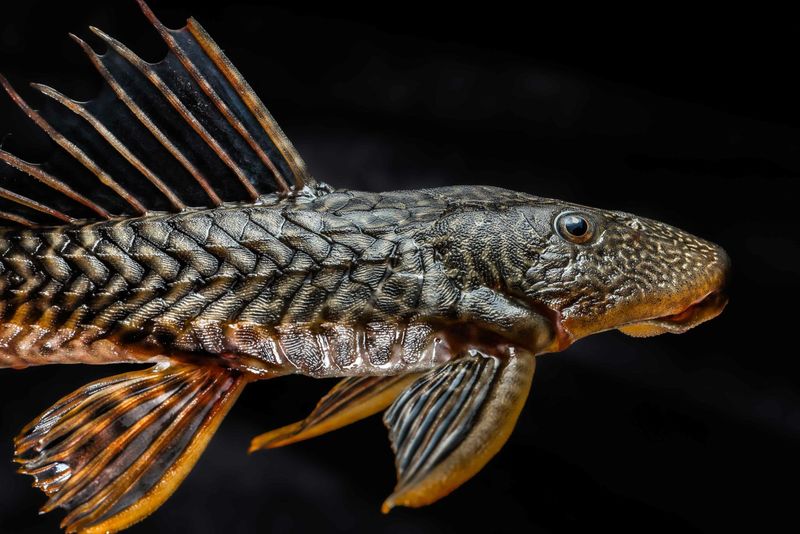
New fish mean new appetites! Many tropical species are voracious eaters with different dietary preferences than native fish. Some devour vegetation that provides crucial habitat for native fingerlings.
Others compete directly for the same food sources as commercial species. This dietary disruption ripples throughout the ecosystem, potentially altering the lakes’ ecological balance.
10. Scientists Are Tracking Them With DNA

CSI meets fishing! Researchers now use environmental DNA (eDNA) testing to detect tropical species without having to catch them. Fish shed cells in their slime, waste, and scales.
By filtering water samples, scientists can identify which species are present even in low numbers. This cutting-edge technique has revealed tropical species in areas where no specimens have been physically caught.
11. Shipping Channels Have Become Fish Highways
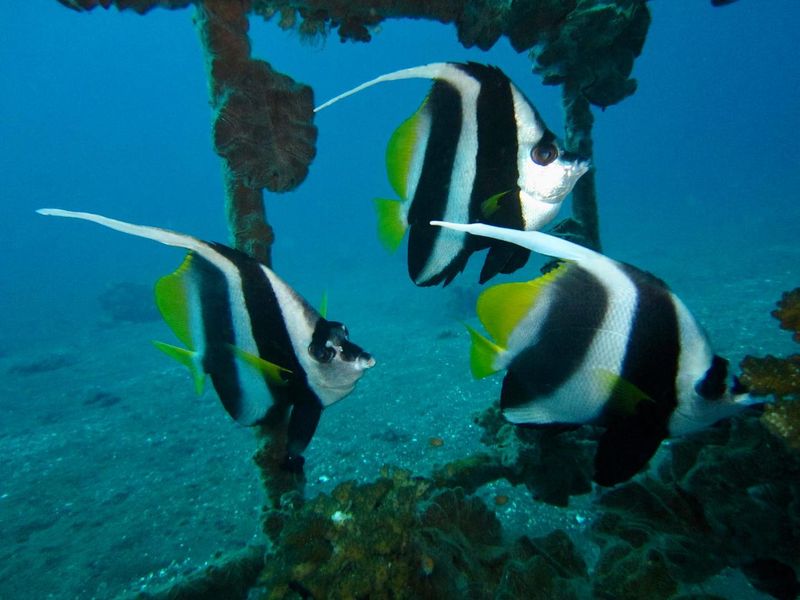
The St. Lawrence Seaway isn’t just for cargo ships – it’s an aquatic highway for migrating fish! This artificial connection between the Atlantic Ocean and Great Lakes creates a pathway for coastal species.
Warmer water temperatures have allowed some tropical Atlantic fish to gradually move inland through this channel, particularly during unusually warm years when the temperature gradient is less extreme.
12. Local Economies Could Actually Benefit
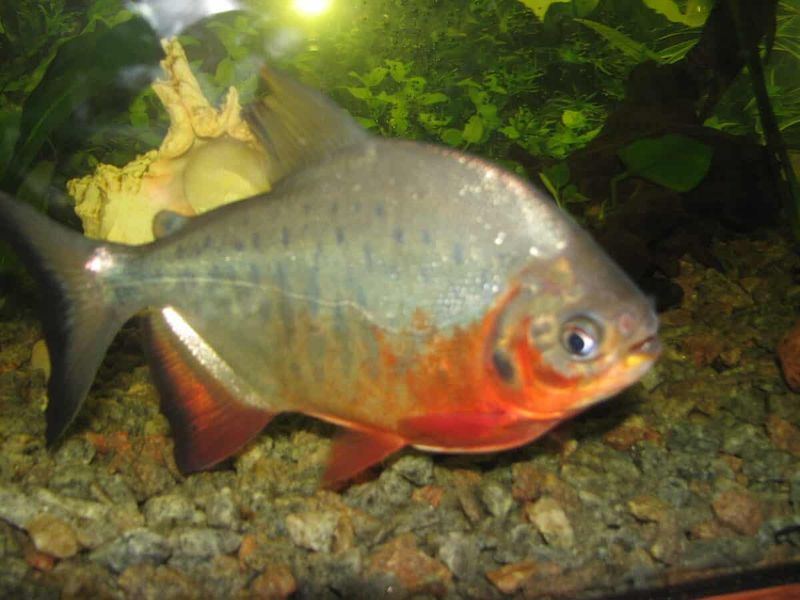
Believe it or not, these exotic visitors might boost tourism! Tropical fish sightings have sparked interest among recreational divers and underwater photographers who previously overlooked the Great Lakes.
Several tour companies now offer “tropical fish safaris” during summer months. One Michigan dive shop reported a 30% increase in certification classes from people eager to see these colorful newcomers.
13. Citizen Scientists Are Helping Track The Trend

Everyday people armed with smartphones have become crucial research partners. The “Great Lakes Exotic Fish Tracker” app has collected over 3,000 verified sightings from recreational swimmers, boaters, and fishermen.
These citizen reports create a real-time map of tropical fish movements that would be impossible for scientific teams to track alone, highlighting the power of community science.
14. Adaptation Is Happening Before Our Eyes

Mother Nature finds a way! Some tropical species are showing remarkable adaptability, developing tolerance for cooler temperatures within just a few generations.
Laboratory tests show that tropical mollies collected from the Great Lakes can now survive in water 7°F cooler than their ocean relatives. This rapid evolution offers a fascinating glimpse into how species adapt to changing environments.





